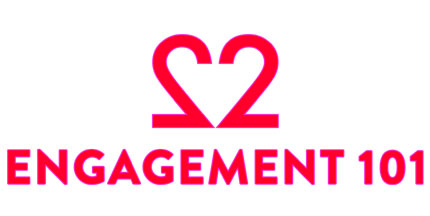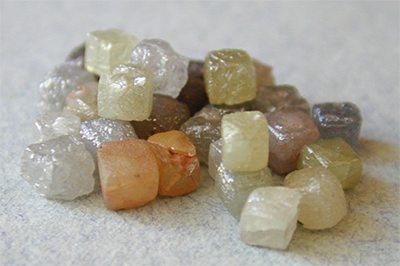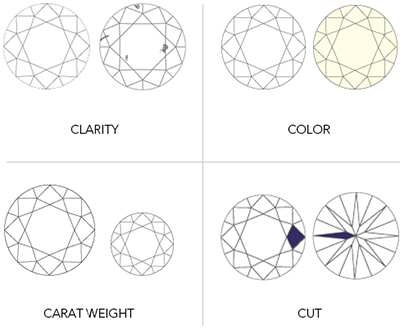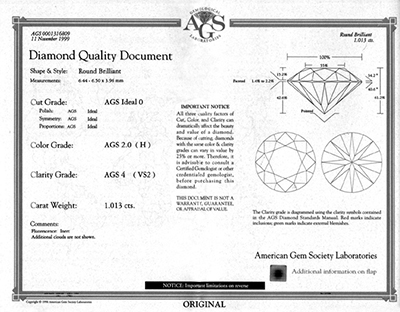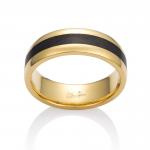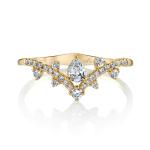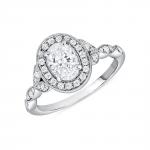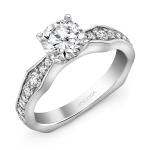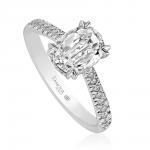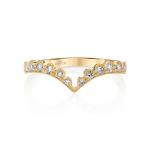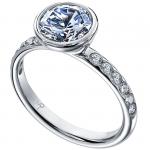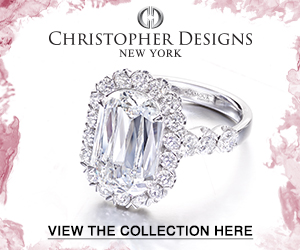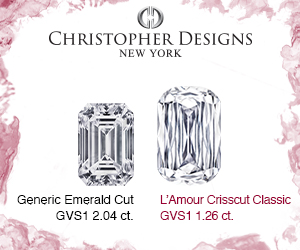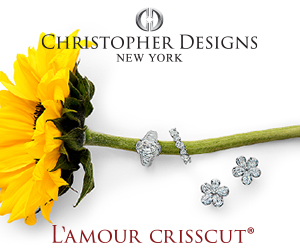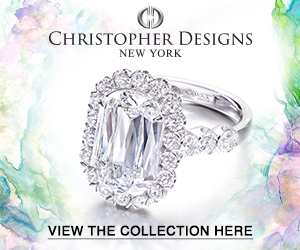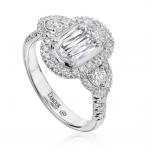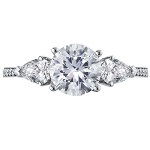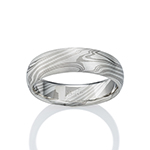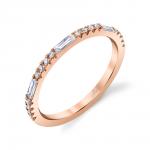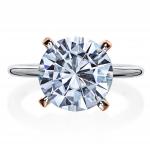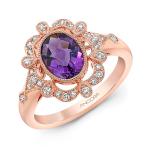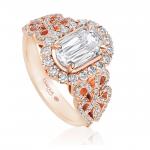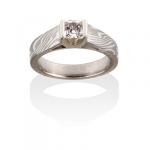The word “diamond” comes from the ancient Greek word “Adamas”, meaning “unbreakable”. They were believed to be pieces from the stars that had fallen to earth. Their beauty and rarity made them a prized possession and status symbol, while their strength and hardness made them symbolic of the strength and durability in the bond between a husband and wife.
What is a diamond?
- Diamonds are an allotrope, or a variant form of carbon, with a cubic structure that is formed in crystals at excruciatingly high temperatures and extreme pressure about 100 miles below earth’s surface.
- The crystals grow over a period of 1 billion to 3 billion years and are brought to the earth’s surface via a series of deep volcanic eruptions.
- As a product of nature and these excessive forces it rare to find a gem-sized natural diamond that is truly perfect. The majority will contain some type of “impurity” or “inclusion”.
- Although people are most familiar with the classic “clear” or “white” variety, diamonds do come in numerous colors.
- Color in a diamond is a result of chemical “impurities” present in the carbon, or due to structural defects in the crystal lattice. Natural color diamonds are significantly more rare than the clear variety.
- Diamond crystals are cut by man, into a variety of shapes in order to maximize the beauty, maintain as much weight as possible and minimize the inclusions or impurities in the crystal.
The numbers, letters en terms
- The numbers, letters and terms used to describe diamonds can be quite confusing.
- In order to help understand a diamond’s qualities and how each quality contributes to the value, diamonds are primarily graded on what is known as “The 4 C’s”- Cut, Color, Clarity and Carat Weight.
- “C” describes a category and is basically a scale of rarity with numbers, letters or terms assigned to each to describe how rare the traits are, starting with the most rare at the top and therefore indicating the most valued.
Get a certificate for your diamond
- Many people find it difficult to shop for diamonds and to fully understand all the factors. For this reason, many jewelers will be able to provide you with a certificate (“cert”) that details each of the 4C categories for a particular diamond. If you’re unsure, ask to see one.
- Make sure that the grading was obtained from a reputable third party such as the GIA.
Understand to 4C’s will help you budget
- Understanding what each of the 4C’s mean will help you manage your budget.
- For example, if you want a larger diamond, you may wish to accept a lesser cut, quality or color grade. If purity is more important you may want to forego a larger diamond for the sake of one that had better clarity, cut or color grades.
By Michael O’Connor
Photo Credit: Heartsonfire.com






